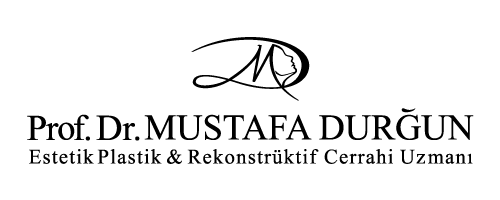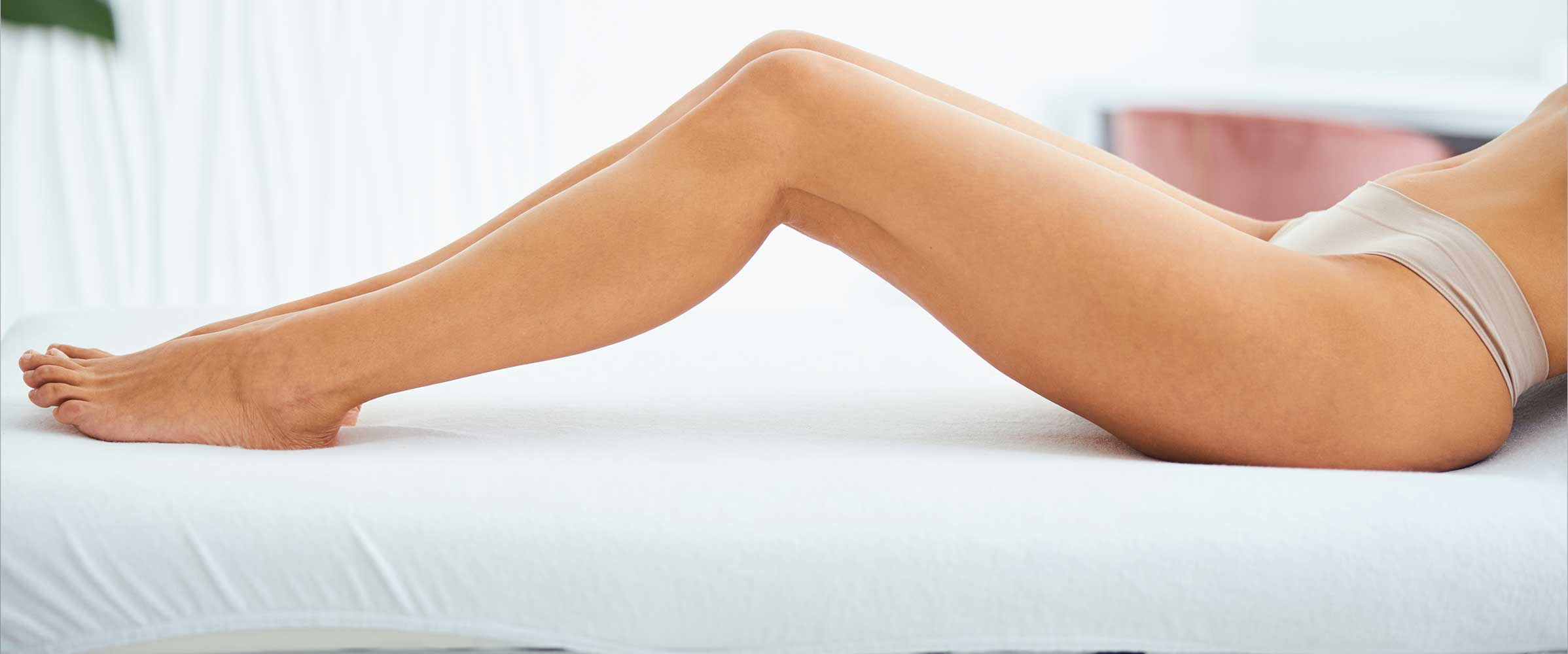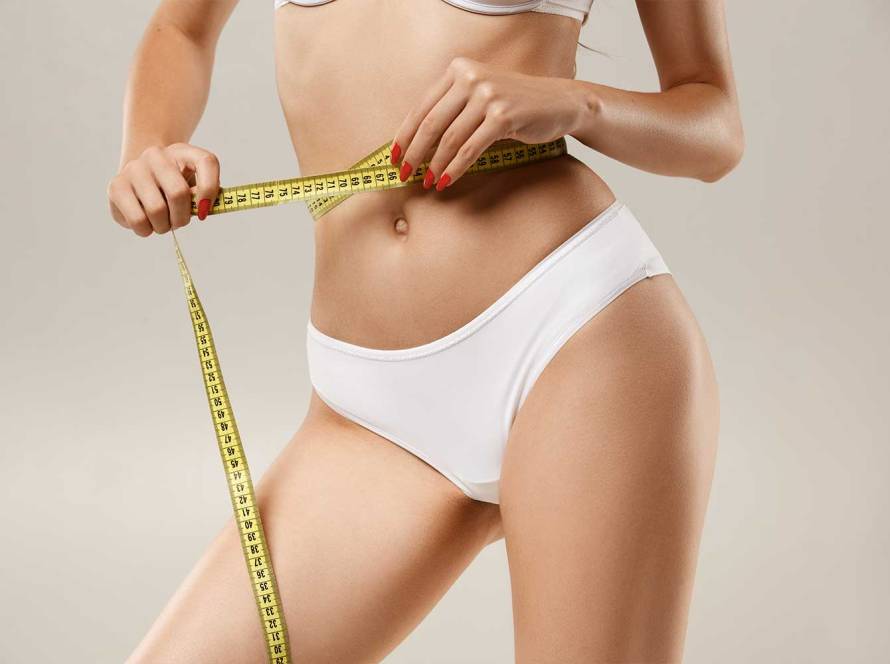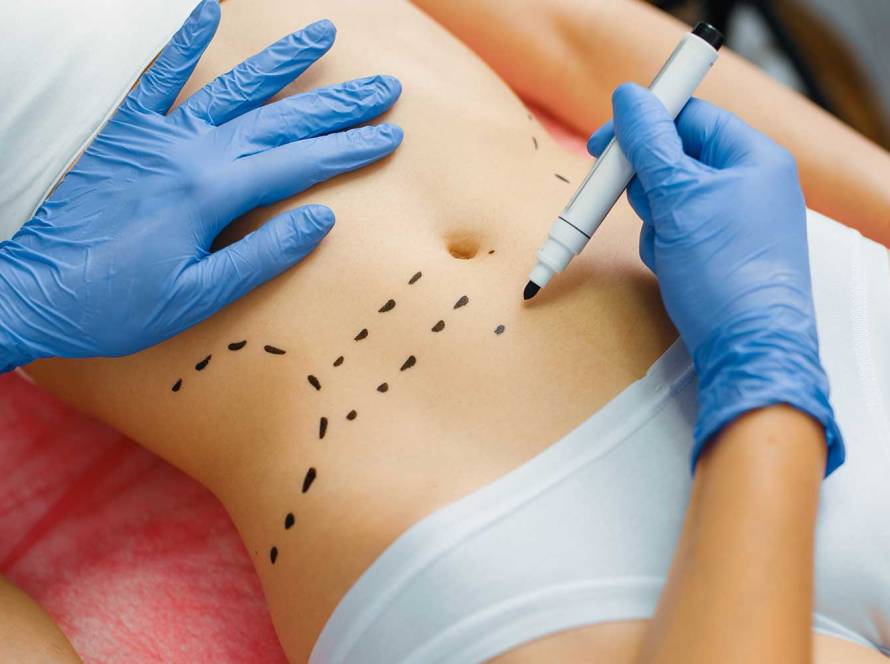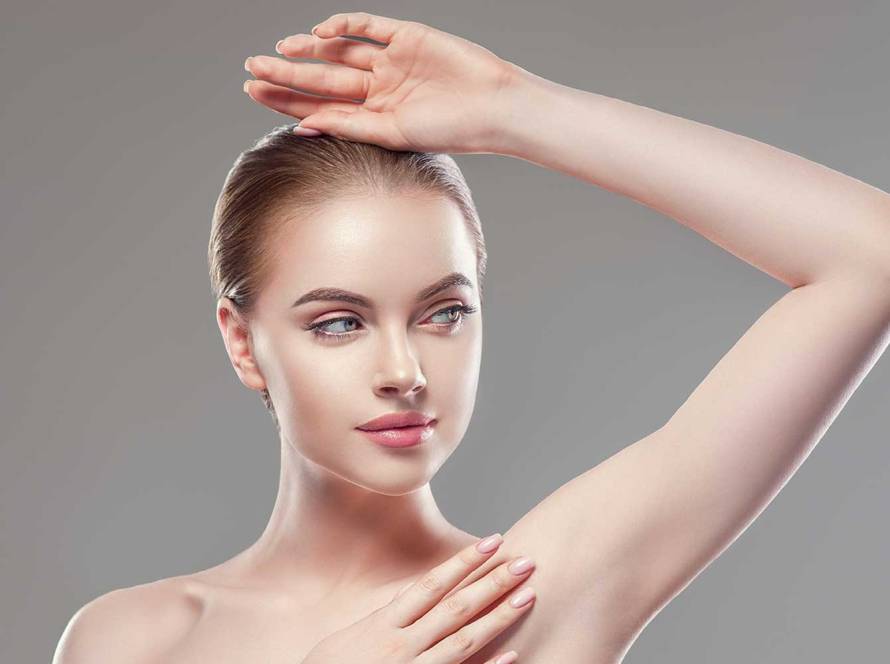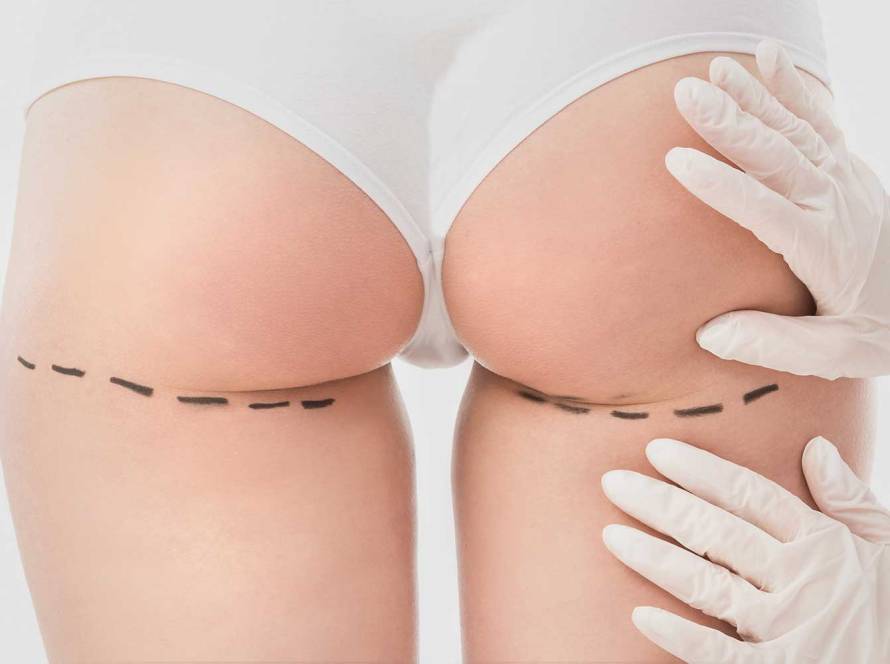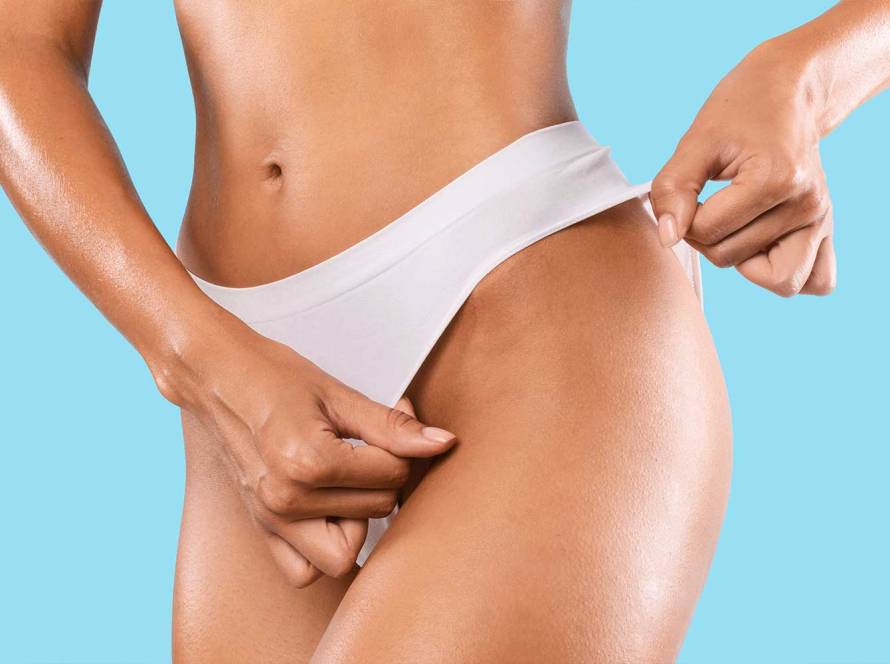Leg appearance is one of the important issues among aesthetic applications. Unhealthy diet and genetic factors in childhood can cause aesthetic problems in the leg. The aim of leg aesthetics is to make the legs visually aesthetic, harmonious and attractive. The basic treatment principle in leg aesthetics is to thin the thick areas that cause disproportion or to thicken the proportionally thin areas. The primary preference for filling thin areas in leg shaping is usually fat graft applications. In fat graft applications, the fat taken by liposuction is transferred to the missing areas after undergoing special procedures. In cases where the adipose tissue is not sufficient or not suitable, silicones that can be placed under the skin are used.
Anesthesia
General
Operation
60-120 min.
Recovery Time
2-4 Weeks
Final Conclusion
3-6 Months
Pain
Minimal
Among the factors that cause the appearance of thick legs; thick bone structure, overdeveloped muscles or excess fat tissue. Among these factors, the most common cause is disproportionate fat storage in the legs. In patients with excessive fat accumulation in the legs, the excess in the thigh, knee circumference, under-knee region and ankle is removed by liposuction and the leg is thinned. Interventions that can be made in thick legs due to bone thickness are generally limited. In patients with high muscle growth, thinning can be achieved by reducing muscle mass with botulinum toxin applications. Most surgical procedures with the legs are performed under general anaesthesia.
Thin legs can be bilateral as well as unilaterally due to some diseases. In extremely thin legs, silicone prostheses can be placed between the muscles and a thick and muscular appearance can be obtained. Silicone prostheses are placed between the calf muscles with the help of endoscopy and provide approximately 3-4 cm of circumference increase in the leg. Another method in thin leg aesthetics is fat injection. In cases where there is enough fat in the person, the fat is removed by liposuction and passed through a number of special processes. The obtained fat filling is injected into the planned areas on the leg. Thus, the leg is thickened. In cases where there is leg curvature, the appearance of curvature can be reduced by fat injection. In cases where there is not enough fat tissue, filler applications containing hyaluronic acid can be applied. However, this type of filling applications can cause some complications over time.
The knee is located at the intersection of the thigh and leg. For this reason, it is one of the important regions that should be evaluated aesthetically. Lubrication in the inner region of the knee distorts the silhouette of the leg, making the leg appear shorter than it is. In knee aesthetics, the excess in the inner region of the knee is removed. In case of a deficiency in the inner lower part of the knee, a visual integrity is created by injecting fat into this area. With these procedures, the height and leg length of the person appear longer by ensuring the harmony of the thighs and legs. The operation time in knee cap aesthetics is approximately 1 hour.
Patients who undergo liposuction usually stay in the hospital for one day and are discharged the next day. At the end of the surgery, the patient is dressed in a tight corset to reduce edema and to support the tissues. In the first week, it is recommended that the patient raise his legs while lying down and not stand too long except walking. The patient can usually return to work after a week. It is recommended that the patient use the corset for at least one month.
In patients who have undergone fat transfer, the patient stays in the hospital for one day. The patient is dressed in a corset at the end of the surgery. It is recommended that the patient not move as much as possible for at least two weeks in patients undergoing fat transfer. After 1 month, active exercises other than jogging can be started. All activities and sports are allowed from the third month.
